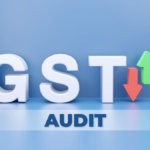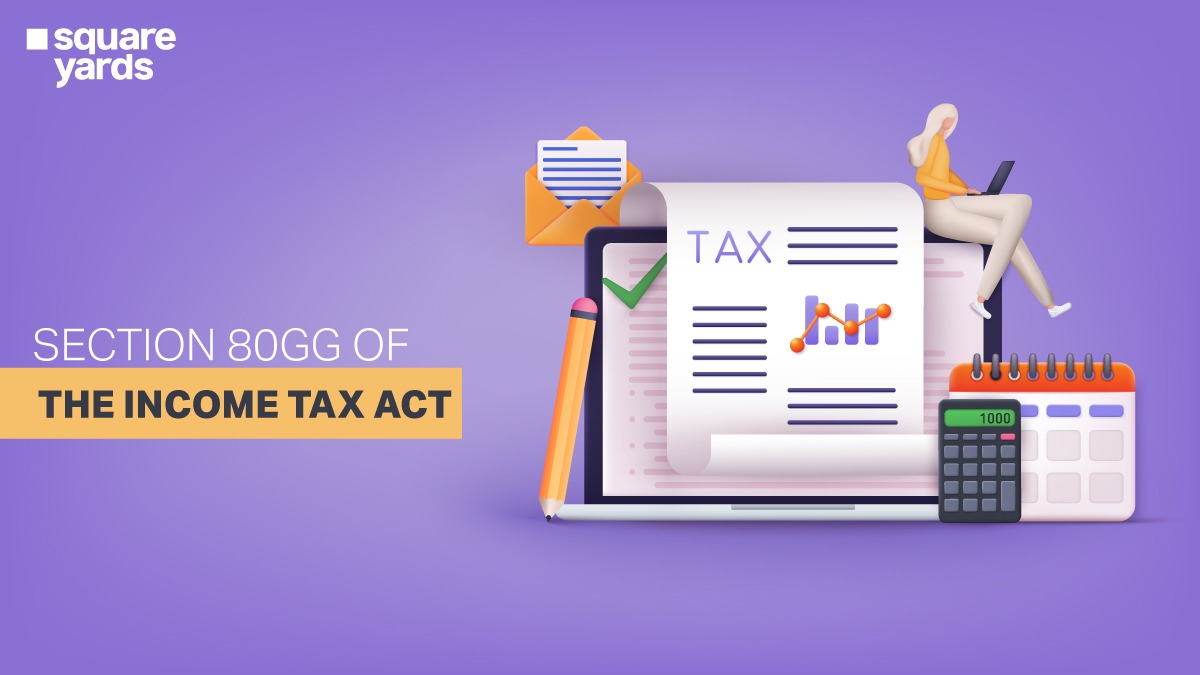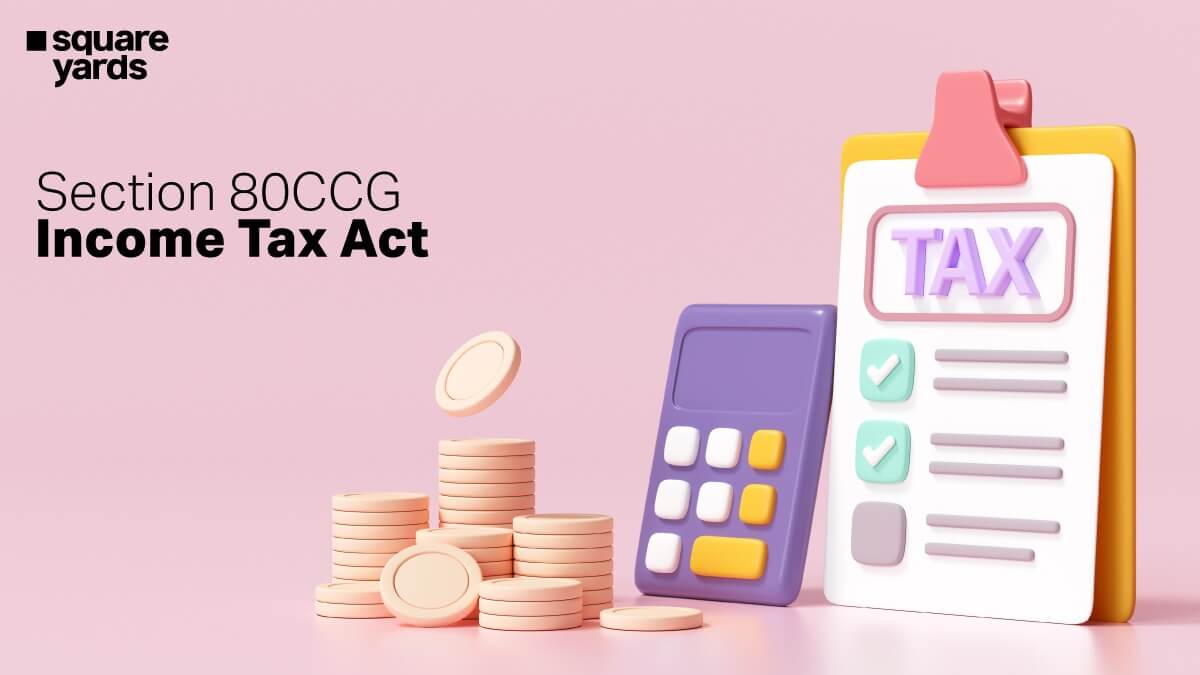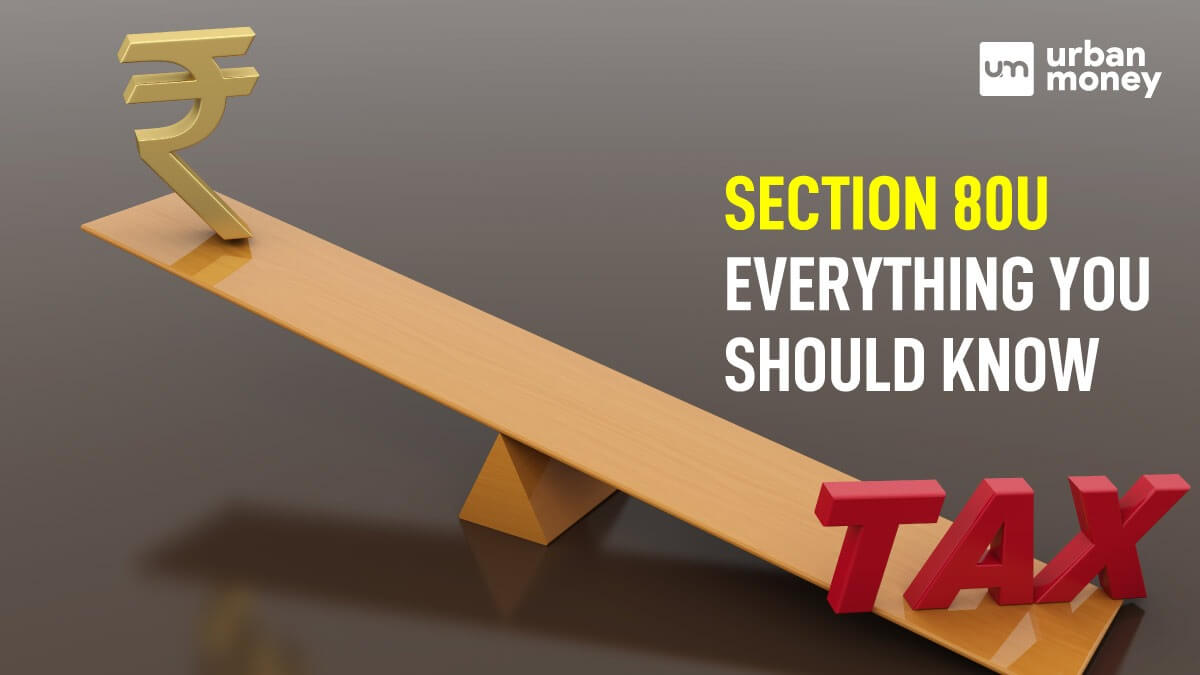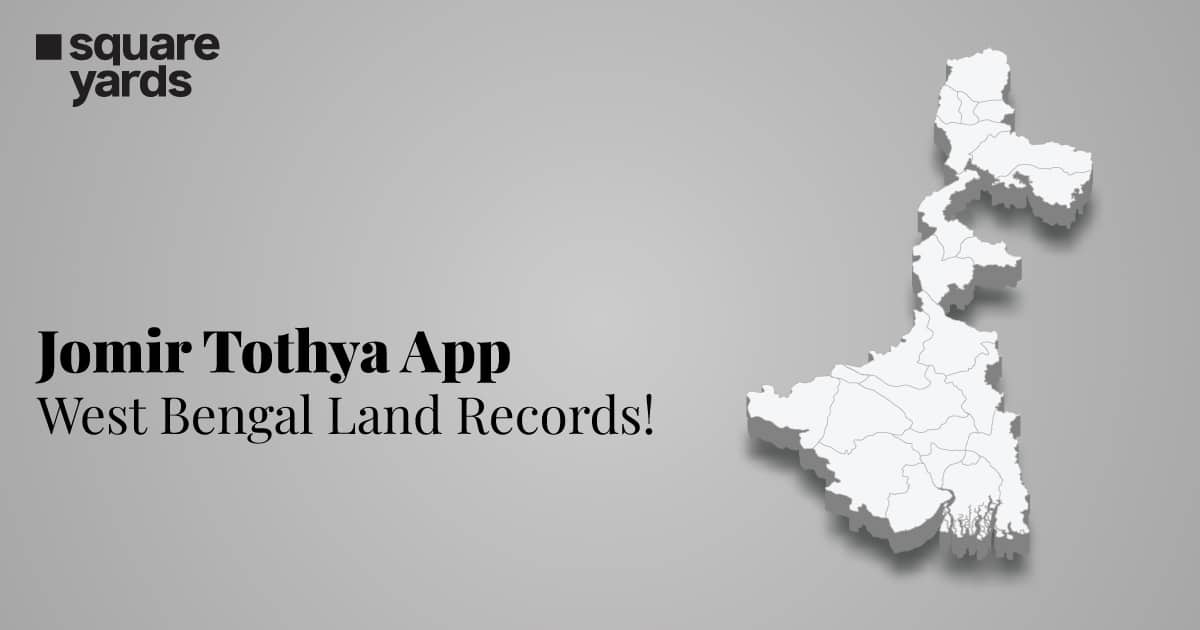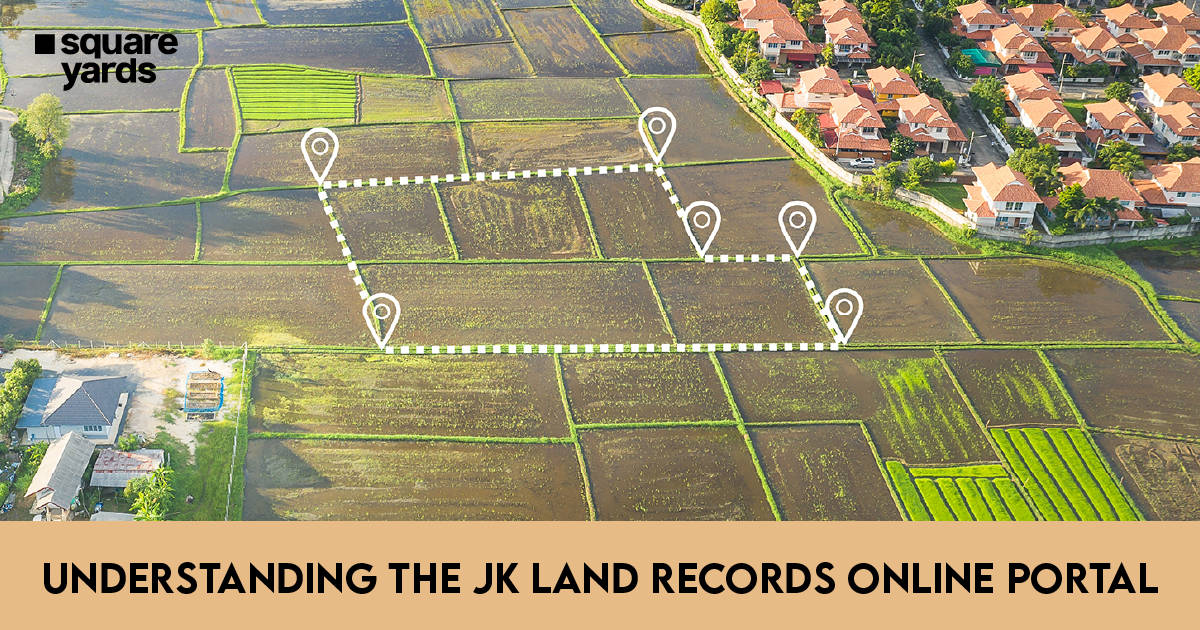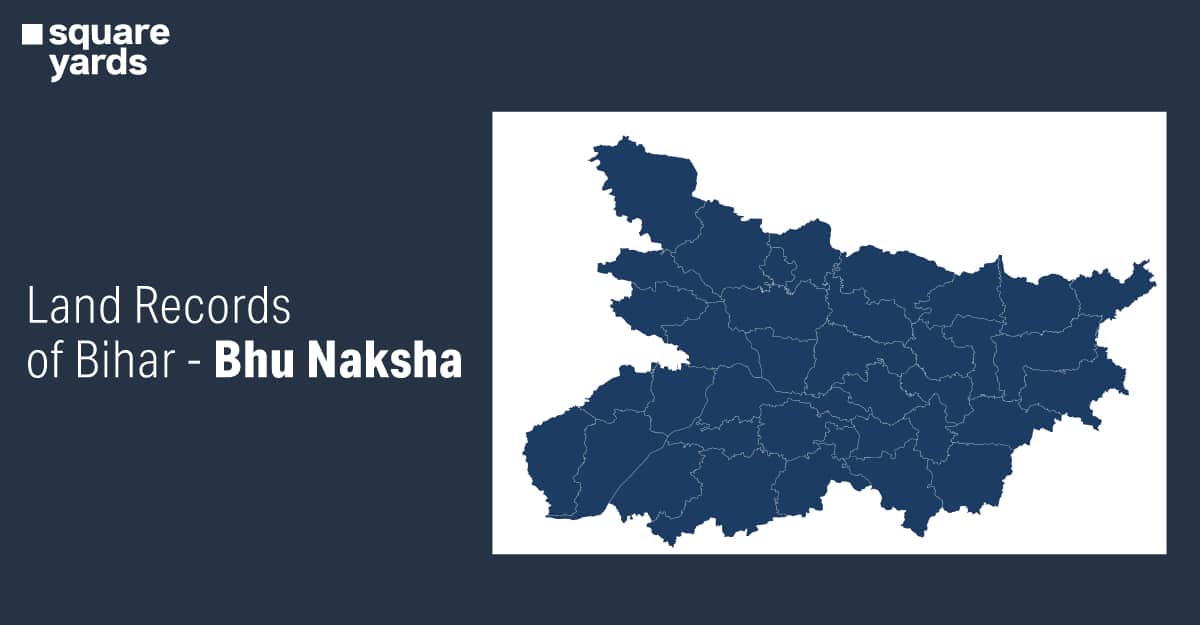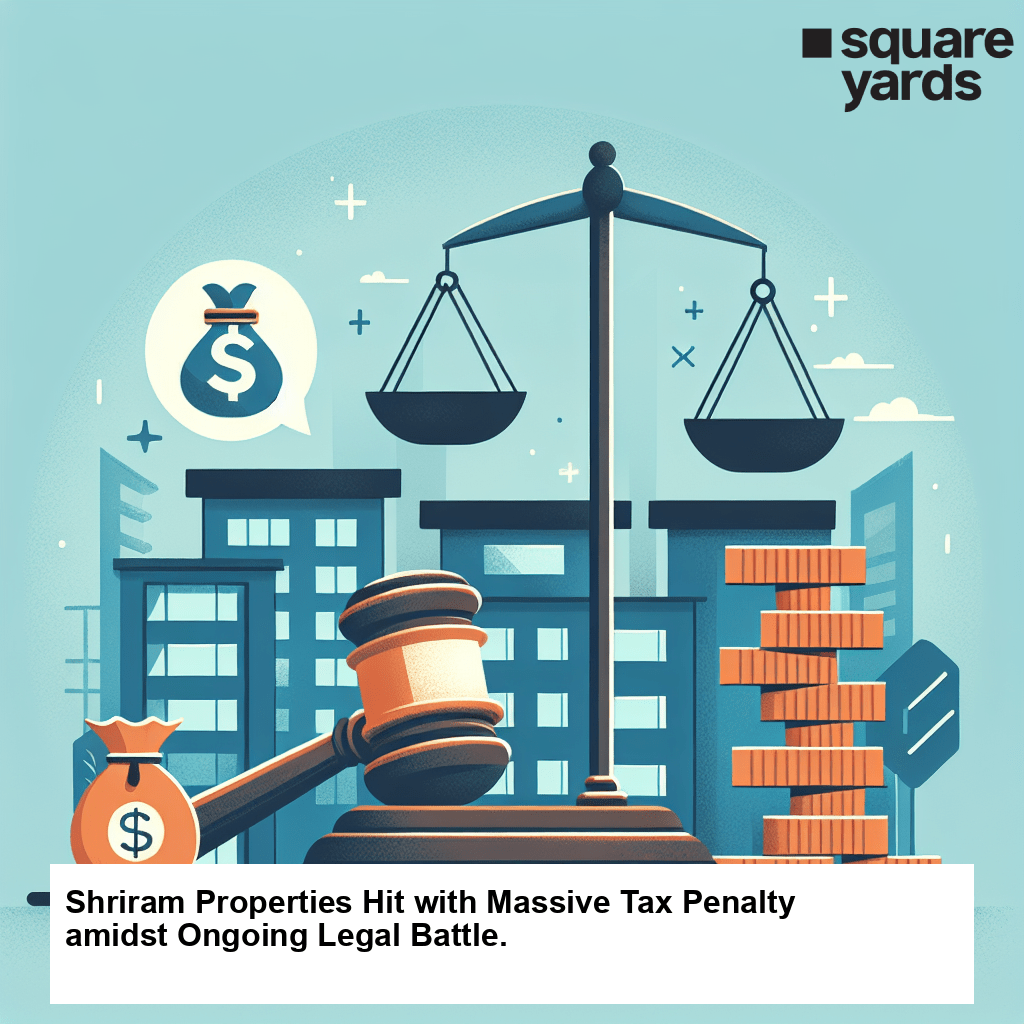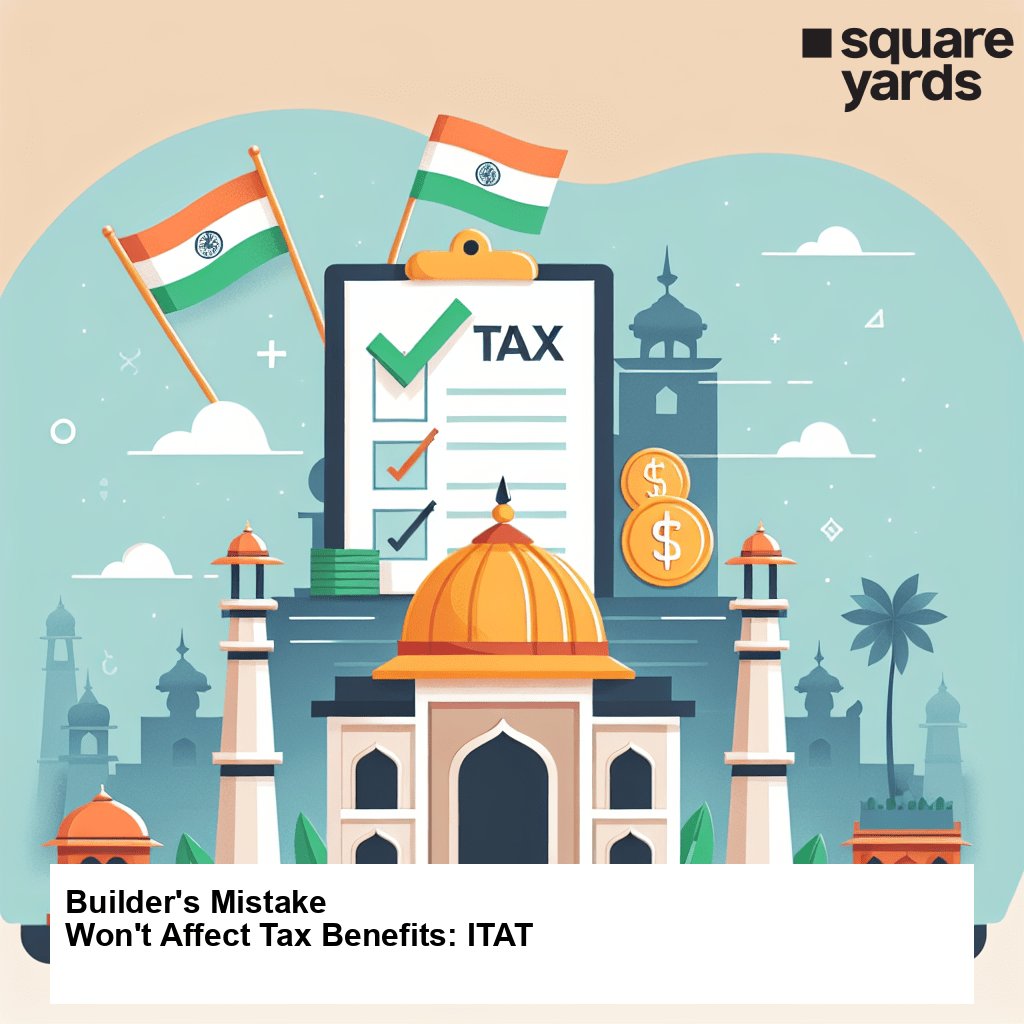To a person or business registered under the GST act, a set of unique identification digits is assigned which is GSTIN meaning Goods and Services Tax Identification Number which is also known as the GST number. The tax authorities use the GSTIN to keep a track of the dues and GST payments of the person or business that are registered under the GST act. The TIN which was earlier used by the tax authorities of the state to maintain the records of state taxes like VAT was replaced by a new identification system, GSTIN number.
Every business that was earlier registered under the TIN system was shifted to the GST number system and for which they received their Goods and Services Tax identification Number automatically. However, the businesses or persons registering fresh for the GSTIN would receive their unique GSTIN number once the process of registration is successful. Currently, as per the GST norms, every businessman needs to have the GSTIN imprinted on the invoices that are given to the customers.
What is GSTIN Number?
The main motto of this unique 15 digits number is one nation, one tax, and one market apart unlike previous ones like VAT, excise, or service tax. Under this scheme, new business persons will receive a GSTIN no which will take you to the one-stop platform for compliances and other administrative purposes with a single authority.
What is the format of the GSTIN Number?
The businesses and people receiving a GST number have a specific structure for the identification number. Here’s what the GSTIN number format is all about:
- The GST number is a set of 15 digits.
- The first two digits are the registration state codes which are set under the Indian Census of 2011 and can range between 01-35.
- The other 10 digits are the PAN card number of the person or business registered under the GST Act.
- The number falling on the 13th position is the entity code in the GSTIN. This is the code that depends on the number of registrations done by the entity in the same state. For instance, if a person has two verticals registered in the same state, the first one will be assigned 1 as the entity code and the second one will be assigned 2 as the entity code.
- The character in the 14th place is ‘Z’ for all as per the current GSTIN number format and it is kept in the format for future utilization.
- The last digit is known as the check code, and it can either be a number or alphabet which is assigned in the number randomly.
Why do you need a GSTIN?
All the business entities or registered dealers need this GSTIN to receive the tax benefits under the scheme of the GST regime by Govt. of India. This unique number helps in getting loans to boost and expand your business, thus ultimately benefitting you from the financial crisis and funding your venture. This is extremely important for the entities whose annual turnover is more than 20 Lacks to avail the advantages of GSTIN.
Why GSTIN number is important?
In the tax systems of India, GSTIN is highly important because the previous tax systems have now been replaced with GST tax systems. Let’s delve deep into the importance of GSTIN as per the GST Act:
- To obtain the ITC– The Input Tax Credit or what is usually known as the ITC is the tax paid on the purchase of the goods and in the lieu of business it is the input service. Thus, to utilize the input’s credit which is on the GST payable on the goods, it is mandatory to have a GSTIN so that the ITC is using.
- To file the GST Returns– Multiple GST returns need to be filed under the GST act such as the GSTR-9, GSTR-1, GSTR-3, 3A, and several others. To file a GST return, it is a must to possess a GSTIN because it will show the record of goods and received or supplied over time which assists the Government that further helps in using the ITC.
- For the claims of refund– There are various provisions through which one can claim the refunds under the GST act like the supply to SEZ units, export of services, etc. To be eligible to claim a refund, it is compulsory to have a GSTIN number.
- The need for debit and credit notes and tax invoices– In the credit and debit not as well as the tax invoice, the GSTIN of both the recipient and the supplier should be mentioned. This helps the recipient of the services and good business in availing the input credit on the paid GST.
- Other requirements– Under the law of GST, having a GSTIN as the registration number is mandatory. Thus, one should surely obtain a GSTIN after registering under the GST act.
Eligibility Criteria to Register for the GSTIN Number
Every individual/business persons have to fulfill the following requirements:
- Every individual who had registered herself/himself with the tax systems that existed before the enforcement of GST.
- Both Casual Taxable Person and the Non-Resident Taxable Person
- People who are taxed under the reverse charge mechanism
- Every aggregator of e-commerce
- All the businesses with their turnover exceeding ₹40 lakhs. But for the northern-eastern states like Uttarakhand, Himachal Pradesh, and Jammu and Kashmir, the businesses with their turnover exceeding ₹10 lakhs should also register for GSTIN.
- The suppliers’ agents and the input service distributors
- People involved in goods supply through an e-commerce aggregator
- The individuals involved in the sharing of database information in India are from outside India except for the ones who are registered, taxable persons.
Various Types of GSTIN Registration
GST registrations can be of different types under the act of GST, and one must be fully aware of the types of GST registrations before applying for a GSTIN and here is a list of all the GST registrations under the GST act:
Normal Taxpayer
Almost every business in India comes under this category and in this category, you will not be required to give any deposit but being under the normal taxpayer category, you need to bear the expiration date.
Casual Taxable Person
People who want to set up an occasional shop or stall come under this category of taxpayers. You are supposed to pay a deposit equivalent to the approximate GST payable during the time of the shop being operational. The GST registration duration for this category is 3 months but this period can be renewed or extended.
Composition Taxpayer
If you want to avail yourself of the GST Composition Scheme, you can apply for this category. To get registered under this category, you need to deposit an apartment as security. But one cannot get the input tax credit when registered as a composition taxpayer.
Non-Resident Taxable Person
If you reside outside India but are a supplier of goods in India, then you need to have your GSTIN registration under this category. Like that of being a casual taxable person, this one also needs to deposit the amount equivalent to the expected GST payable till the time your registration is active. The registration duration for this category is 3 months but this period can be renewed or extended.
Documents Required for GSTIN Registration
The list of required documents to register for GST is mentioned below:
- Aadhar Card
- PAN Card
- Proof of address of the business
- A canceled cheque and bank statements
- Proof of business registration or Incorporation Certificate
- Digital Signature
- ID Proof of the promoter or director, proof of address, and photograph
- Board Resolution by the Authority Signatory or the Letter of Authorization
How to Apply for GSTIN Registration Online?
One can follow the step-by-step guide mentioned below to successfully register for the GSTIN:
- Go to the official website of GST which is https://www.gst.gov.in/
- Find the ‘Taxpayers’ tab and click on the option of ‘Register Now’
- Click on ‘New Registration’
- Fill in all the details mentioned below
- From the drop-down menu which shows ‘I am a’ select ‘Taxpayer’
- Choose your state and district
- Fill in the name of the business
- Fill in the PAN of your business
- Enter your email id and phone number in the boxes given. Remember that the phone number and mail id should be active because you will receive the OTP on these.
- Fill in the captcha given on the display and click on ‘Proceed’
- On the opened page, fill in the OTP which is received on your mail id and phone number in the given box.
- After entering all the details, click on ‘Proceed’
- You will see a Temporary Reference Number is displayed on the screen. Not it down for future use
- Go to the official GST website again and click on ‘Register’ under the option of ‘Taxpayers’
- Now choose the option of Temporary Reference Number
- Fill in the TRN number and the captcha
- Click on the option of ‘Proceed’
- You will get the OTP on your registered phone number and email id. Enter the OTP and move by clicking ‘Proceed’
- You will have your application status displayed on the screen. On the right-hand side of the page, you will see an option of ‘Edit’, click that option.
- You will see 10 options on this page. All the details asked on the page should be provided, and all the documents required should be uploaded. Here is a list of documents that need to be uploaded:
- Proof of business address
- Photographs
- Taxpayer’s constitution
- Details of the bank including the account number, branch name, bank’s name, and IFSC code
- Authorization Form
- Go to the ‘Verification’ page and read the declaration. You can then submit your application using any of the following methods:
- Through the Electronic Verification Code in which the code will be received on your registered mobile number
- Through the method of e-sign where you will receive an OTP on the phone number that is linked with your Aadhar card
- Through Digital Signature if the registration is being done for a company
- Once the process is complete, you will see a success message displayed on the screen. You will receive the Application Reference Number on your registered mail id and phone number
- You can visit the GSTIN portal to check the status of your ARN
How to Search GSTIN Number by PAN and NAME?
One of the major benefits of having the GSTIN records not only for the concerned authorities but also for the public is that they can check the verification of any business online. All you need to do is enter the GSTIN given by the vendor, and you can easily cross-check the name, address, etc. of the business through the registered GST number records. After the enforcement of both GST and GST number searches, a lot of websites have started using this option. However, it is advised to always go through the details of GST registration on the official GST portal. The service of checking the GSTIN of a prospective business is available to enhance the trust between the businesses across India.
A) GSTIN Search by PAN
- The present-time database of GST gives you the liberty of finding the GSTIN of a business or an individual using the PAN number of the entity. You can go to the official GST number search by PAN database to get the hang of the records.
- If the business or individual you are looking for is not registered under the GST act, a message saying ‘No Record Found’ will be displayed on your screen else the records linked with the specific PAN number will be displayed on the screen.
B) GSTIN Search by Name
- Presently, the GST database does not provide you with the liberty to check the GSTIN of a business or individual through their name, but many other websites have been advertising this feature.
- But it is always better to cross-check the records that you get through websites other than the official GST portal.
Online verification of GSTIN Number and its Verification Tool
- For every GST payer, it is important to verify the GST number because this helps in identifying the authenticity of other businesses as well as the relevancy of your business. The GST Online Verification Tool is highly reliable and accurate while being free of cost.
Benefits of the GSTIN Online Verification Tool
- The GST Online Verification Tool offers several benefits to its users. Have a look at a few of them:
- Verification of GSTIN helps in determining the genuineness of the businesses that you want to deal with.
- All the hand-written invoices get verified while verifying the GST number.
- At times, certain businesses try to fraud their GST numbers on the invoices, and in such circumstances, the verification of GSTIN helps in determining the authenticity of the business.
- Apart from these benefits, with online verification of GSTIN, you can cross-check the details of the business being updated on the GST portal are correct or not.
How to Utilize the GSTIN Search and Verification Tool?
You can access the GST search and verification tool online on the official GST portal. It can be achieved by following the given steps:
- Go to the official GST portal through the link- www.gst.gov.in
- Click on the option of ‘Search Taxpayer’
- After this, click on the option of ‘Search GSTIN/UIN’
- Proceed by entering the GSTIN/UIN number along with the captcha
- Click on ‘Search’ to find the details of the specific GSTIN
Who are Eligible for Surrendering GSTIN?
The process of surrendering or Cancelling the GSTIN Registration
By a registered person– Any registered individual can go for GSTIN cancellation by himself/herself, if:
- The overall turnover is less than ₹20 lakhs
- The business no longer exists
- In the case of a sole proprietorship, the proprietor passes away
- The business is not accountable to GST
- You are putting an end to the business
By GST Officer– A GST officer has the right to cancel the GSTIN of an organization under the given situations:
- If the company is not complying with any of the laws of GST
- If the tax is not filed by a composition registered person for three consecutive years
- If there is fraudulent activity involved in the process of registration
- If the organization does not generate business for six months after GSTIN registration
By legal hirer– In the case of a sole proprietorship, if the proprietor dies, the legal hirer can apply for the cancellation of GSTIN.
Steps for surrendering GISTIN:
- Login to your GST account
- Click Services
- Click Registration
- Click application of cancellation registration
- Fill in the address for future communication
- Select your reason for cancellation and date for the same
- Click the verification tab and verify using EVC/Digital signature and the ARN will be generated.
YOU MAY ALSO LIKE
Frequently Asked Questions (FAQs)
What are the types of GST?
There are 4 types of GST, namely- SGST, IGST, UGST, and CGST.
In India, who needs to have a GST registration
All the businesses with their turnover exceeding ₹40 lakhs. For the northern-eastern states, Uttarakhand, Himachal Pradesh, and Jammu and Kashmir, the businesses with their turnover exceeding ₹10 lakhs should also register for GSTIN.
What is the cost of GST registration?
The government does not charge any money for GSTIN registration.
In the case of a sole proprietorship, is GST required?
GST is required in the case of sole proprietorship if the overall turnover is above ₹20 lakhs.













